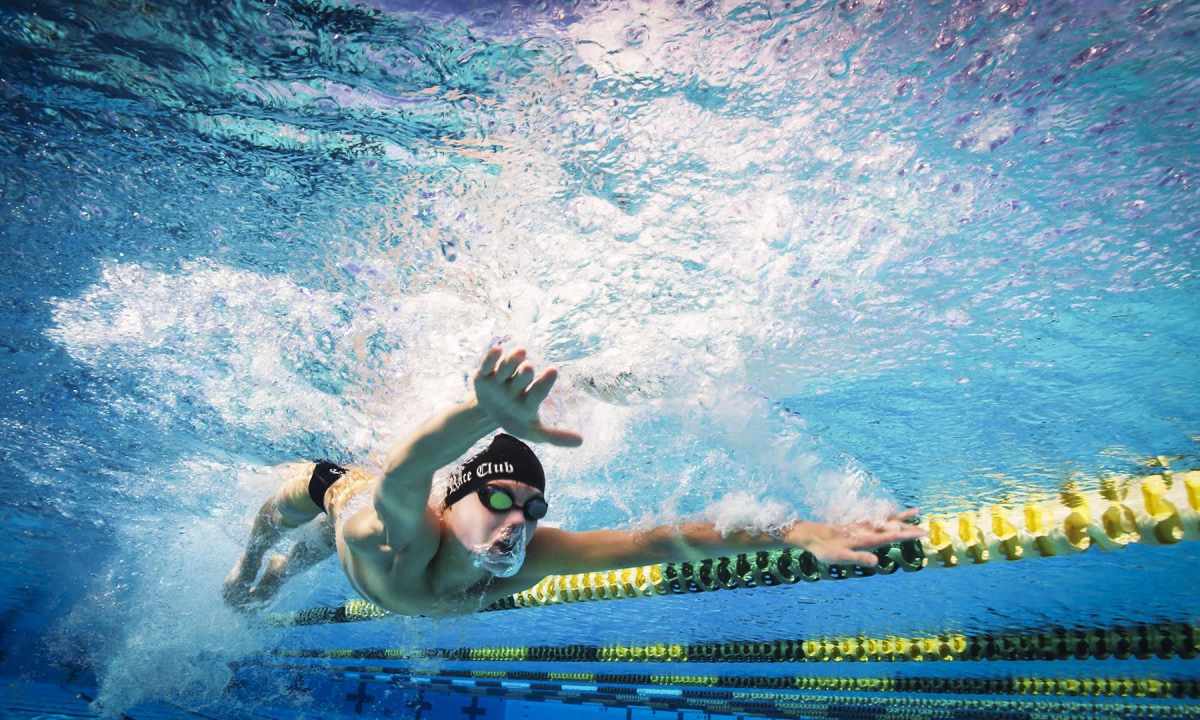The simultaneous symmetric movements of hands and legs and also the wavy movements of the trunk which help hands and legs are characteristic of butterfly stroke. The style butterfly stroke is very similar in the technique to the crawl.
Instruction
1. Carry out preparatory and fungal movements two hands at the same time and symmetrically. Home position: hands forward along the water surface, begin the movement with brushes, bend them in luchezapyastny joints on the corner of no more than 30 degrees concerning the water surface.
2. Then involve in the movement of the forearm. In the 1st quarter of the grebk move the brush and the forearm in a downward direction and back, displace elbows in the parties on 15-20 cm. Then connect the main fungal muscles in work and move all hand with the increasing speed back. The brush hold perpendicular situation concerning the direction of the movement. When the vertical is crossed, you watch that the hand was bent in the elbow at an angle of 100-110 degrees.
3. In the 2nd part of the grebk after the brush crossed the vertical, leave the corner in the elbow joint without changes, and here the forearm reach perpendicular position concerning the water surface. Raise shoulders at the end of the grebk up and unbend hands in elbow joints when shoulders leave water.
4. Foot movements. Raise straight legs up and reach position at which legs will be parallel to the water surface, and lower the basin down and cave in a little in the waist. Lower knees down, and lift feet to top to the water surface.
5. Intensively bend and unbend knees and at the expense of it foot and with the increasing speed displace shins down and back. Finish the fungus with extension of feet in the direction from within down. You watch that the basin was displaced up and was at the water surface, and the legs unbent in knees and feet formed with it the corner in 30-35 degrees.

